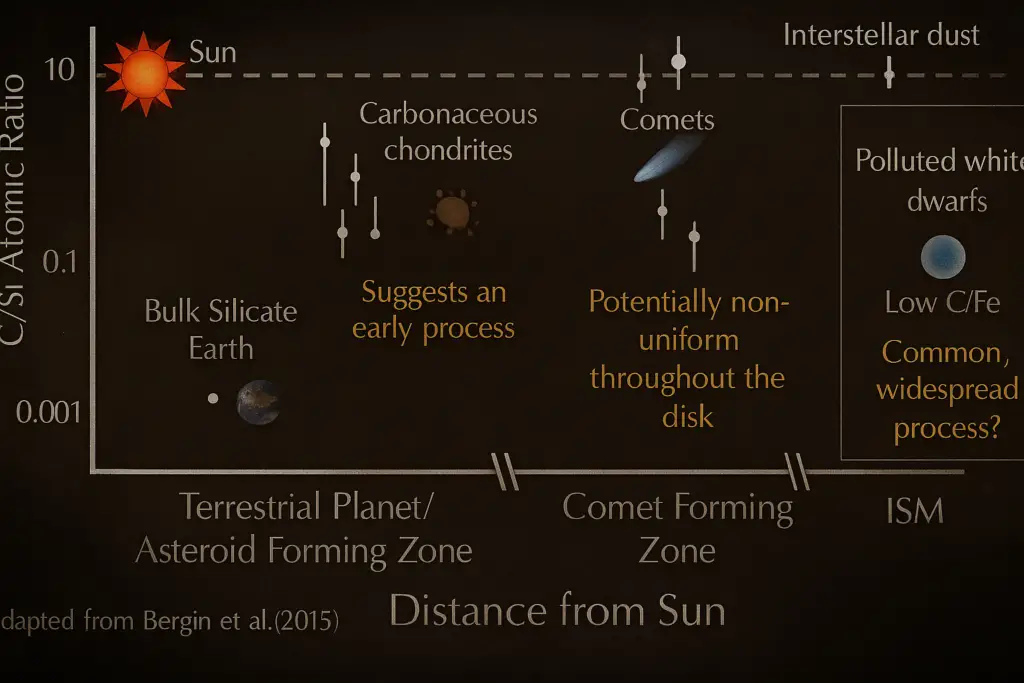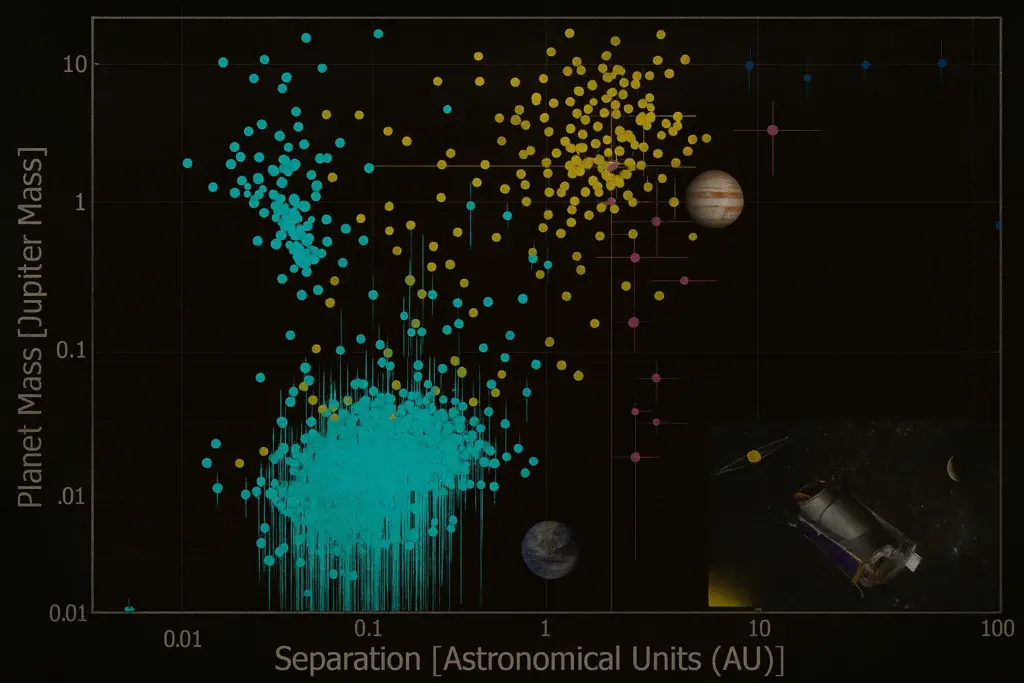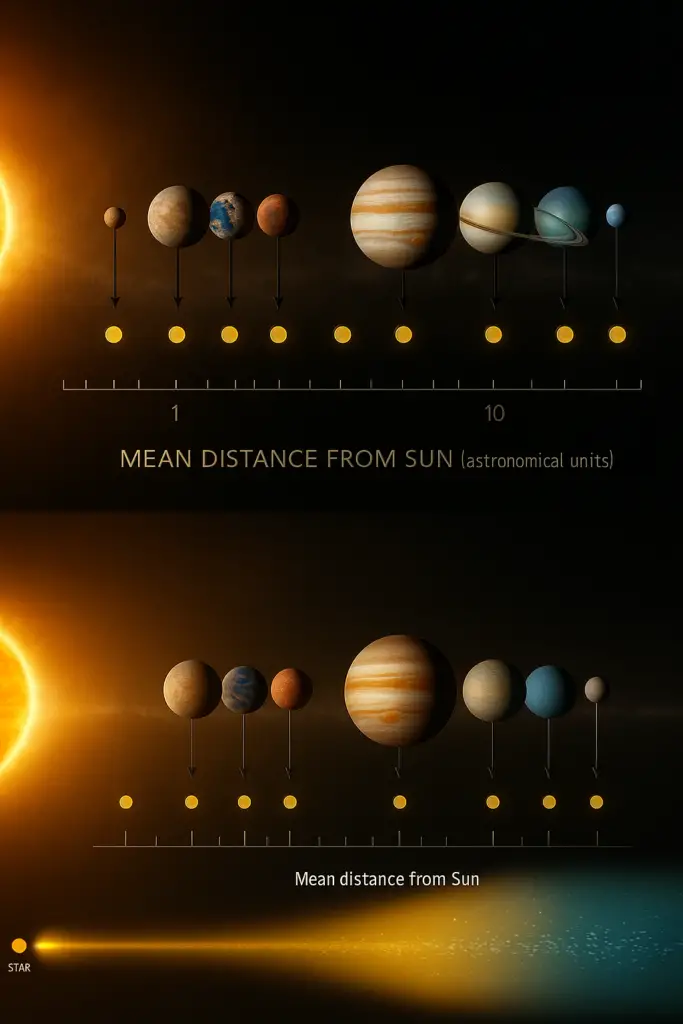Discovering Earth-Like Planets: Exploring the Chemistry Behind Star and Planet Formation
Over the last 20 years, we have discovered thousands of new planets and their systems in space outside our solar system. Recent studies have shown that chemistry plays a crucial role in the formation of stars and planets. It is these chemical reactions that deliver water and organic materials (the basic ingredients of life) to new planets.
Geoffrey A. Blake, Chemistry Professor at the California Institute of Technology, spoke with Duke University students and professors during a casual pizza session. He explained how chemistry shapes star and planet formation, and how we are using that knowledge to find other planets like Earth.
“The Milky Way is sparkling beautifully over the Pacific Ocean, which is clearly visible from McKay Cove in Central California. McKay Cove is famous for its natural beauty and crystal-clear night skies, where you can easily enjoy amazing views of stars and the Milky Way. If you are a nature and astronomy enthusiast, then this place is the perfect destination for you.”
At the end of the 18th century, the famous French scientist Pierre-Simon Laplace studied what our solar system could teach us about the formation and evolution of planetary systems. From then to the present, scientists have tried to understand how solar systems and planets form by using small bodies like asteroids, larger bodies like planets, and planetary systems around other stars (extrasolar systems).

“Astronomer’s periodic table” shows the amount of different elements present in stars like the Sun, which helps in understanding their chemical makeup and gives scientists an opportunity to better understand the formation and evolution of stars.
In 2015, Professor Blake and his team explored which elements are essential for life on planets. Using Earth and our solar system as a base, they studied how carbon and nitrogen are distributed at different stages of star and planet formation. This research helped them understand important processes such as core formation and atmospheric escape.
When Professor Blake analysed the carbon-silicon atomic ratio in planets and comets, he discovered that most of the rocky planets in our solar system are carbon-poor. But because carbon is very important for life, his team wants to understand how much carbon a terrestrial planet should contain so that an active biosystem can exist there

“Analysis of S/C rushes from extraterrestrial bodies suggests that it takes less carbon to form Earth-like planets.”
Through the Kepler mission, scientists have discovered a lot of planetary objects in the universe.
But how many of these star-planet systems can be like our solar system? A perfect “solar system” has at least one Earth-like planet, which is at a distance of about 1 astronomical unit (AU) from its star – where the best conditions for life can be created.
Also, a gas giant or ice giant, like Jupiter, is 3-5 AU away, which protects planets like Earth from comets.
Our galaxy alone has approximately 100 billion stars and the same number of planets. Stars that are like our Sun have more than 4 million solar system-like planetary systems around them, where the nearest Earth-like planet is at least 20 light years away. Due to the rapid progress of scientific research and technology, according to Professor Blake, in the next 5-6 years we will be able to collect evidence of such planets within 40-50 light years, where there could be a habitable atmosphere.

“The graph shows the locations of Earth-like planets, which were found at distances of 0.01 to 1 AU from the star, and planets like Jupiter, which extended from 0.01 to 50 AU around the star.”
How do Earth and Jupiter form around a star at their perfect distance? Let us understand how stars and planets are formed through the astrochemical cycle.
When dense clouds of gas and dust become so cold and opaque, they collapse to form a rotating disk.
This disk takes the mass towards the centre during the star formation process and spreads the angular momentum outwards. After this process, material equal to approximately 1% of the star’s mass remains, which is enough for the formation of planets.
This is why planets around stars are so common in our universe.

What is the astrochemical cycle? Know how the solar system is formed from cosmic dust and gas
How are planets formed? The small dust particles that form around a star collide with each other and gradually grow larger.
These particles freeze well at special places called snowlines, where water vapor turns into ice. The accumulation of these dust particles forms ‘dust bunnies’, which gradually grow and transform into planetesimals (small bodies of about 10-50 km diameter like asteroids and comets).
If gravity is strong, these planetesimals grow further and become oligarchs, which can be 0.1 to 10 times the mass of Earth. These oligarchs then become larger planets. which give shape to our solar system

‘Snow line’ plays an important role in the process of planet formation – it is that boundary where the gases and dust in space start converting into ice, which forms the essential material for planet formation.
In our solar system, a process called dynamic reorganization takes place, which changed the order of the planets, placing Uranus before Neptune. This means that if other solar systems did not undergo such reorganization at an early stage of formation, then it is possible that their exo-Earths may have less organic material and water than our Earth.
So what conditions or constraints should we apply to find out whether there is a mechanism for water or organic delivery to exo-Earths or not? We do not have a scientific answer for this at the moment, but with ALMA and the next generation of optical/IR telescopes, we will be able to directly observe the birth of solar systems and better understand how our universe was created.
Professor Blake gave an important message to chemistry students at Duke University: Learn the fundamentals of chemistry very well in college. Your interests may change many times over the next 40-50 years, but strong fundamentals will always help you, as they will prepare you to learn in different fields and careers.

Professor Balke is joined by an expert team of current and former researchers from Chaltekh.”

